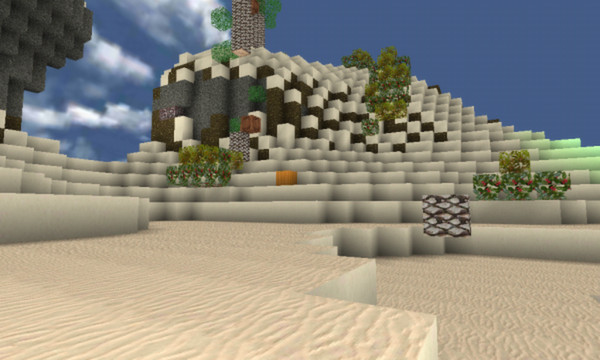
The DeckHD will supposedly retail for $99, though the company has yet to reveal any details about its availability.

Both screens have a peak brightness of 400 nits and a 60 Hz refresh rate. For reference, the Steam Deck screen has a resolution of 1280 by 800 pixels and only 45 percent Adobe RGB coverage. The new LCD panel sports a resolution of 1920 by 1200 pixels and better color accuracy with 67 percent Adobe RGB coverage. Speaking of upgrades, a company called FX Technology has announced DeckHD – an aftermarket display replacement for the Steam Deck.


In other words, mixing and matching components from various manufacturers allows companies to quickly come up with new products or upgrades for existing ones. That said, Valve CEO Gabe Newell explained during an interview last year that the main reason the company was able to create the Steam Deck is the incredible interoperability of the PC. There are many areas where the popular handheld can be improved, but Valve isn't interested in rushing out upgraded versions for fear of complicating things for game developers. There's no doubt that Valve's Steam Deck has revitalized the handheld console market and pushed hardware manufacturers like AMD to develop more capable low-power APUs and improve driver support for Linux systems.Īccording to Omdia analysts, Steam Deck sales are expected to hit three million units by the end of 2023, which is no small feat for the first generation of a product that targets a niche market.

This has inspired other companies to come up with alternatives, while others are starting to offer aftermarket upgrades for things like the screen and internal storage. In brief: With the Steam Deck, Valve essentially condensed laptop and controller hardware into a smaller form factor to achieve a more portable gaming device.


 0 kommentar(er)
0 kommentar(er)
